In the DOUBLE FEATURE on November 27, artist John Skoog will present his film “Shadowland”, in which the varied landscape of the American mid-West plays the starring role.
In one of the best known American folk songs, Woody Guthrie sang programmatically: “This land is your land, this land is my land / From California to the New York Island / From the Redwood Forest, to the Gulf Stream waters / This land was made for you and me.” The unbelievable geographic diversity of the United States resonates even in the words of the song, and the journey through the various parts of the country becomes an almost metaphysical experience in Guthrie’s song, which naturally also harbors a political implication.
And who could deny it? The endless expanses of the different geographic zones are ideally suited to notions of longing and association. It is this circumstance, not least, that led to the American film industry shifting from New Jersey to California in the 1910s. Alongside economic factors, an advantageous climate and improved lighting conditions, California’s landscape, with its eleven geomorphological areas ranging from Alpine mountain chains to scenic coastal stretches to deserts, offered an enormous trove of potentially cost-free film sets for virtually any conceivable movie plot.
Places largely free of people
“Shadowlands” (2014), created by artist John Skoog (born 1985 and originally from Sweden), takes us into the realm of the Californian landscapes: Slowly the camera glides through a dark tunnel, the lens entirely fixed on the light at the end of it. Just before freedom is reached, the film cuts to a bleak, mist-shrouded mountain chain at dusk. This is followed by a journey through the steppe, a view of the sea and impressive rock formations, then an Alpine mountain landscape. The high-contrast, 16mm black-and-white recording brings a certain degree of melancholic nostalgia: The grainy film material show places largely devoid of human life, while the soundtrack relates apparently direct quotes, but is then permeated by abstract sound design.
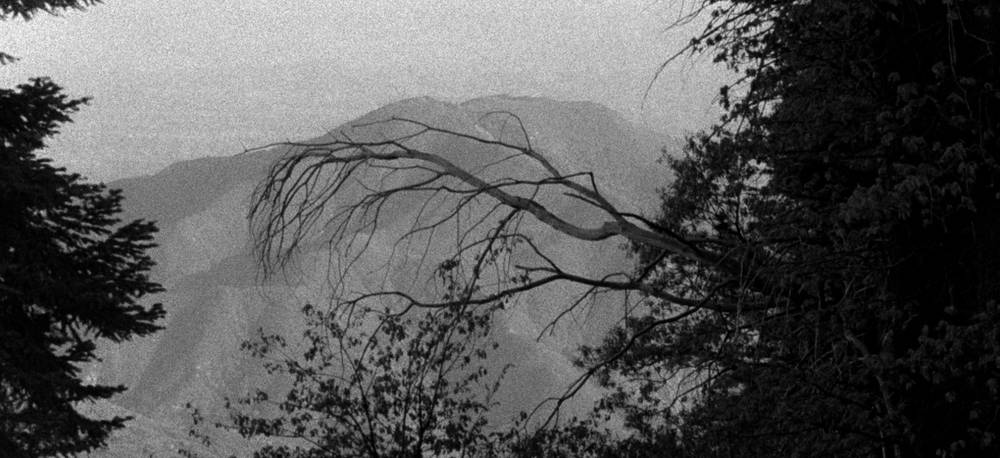
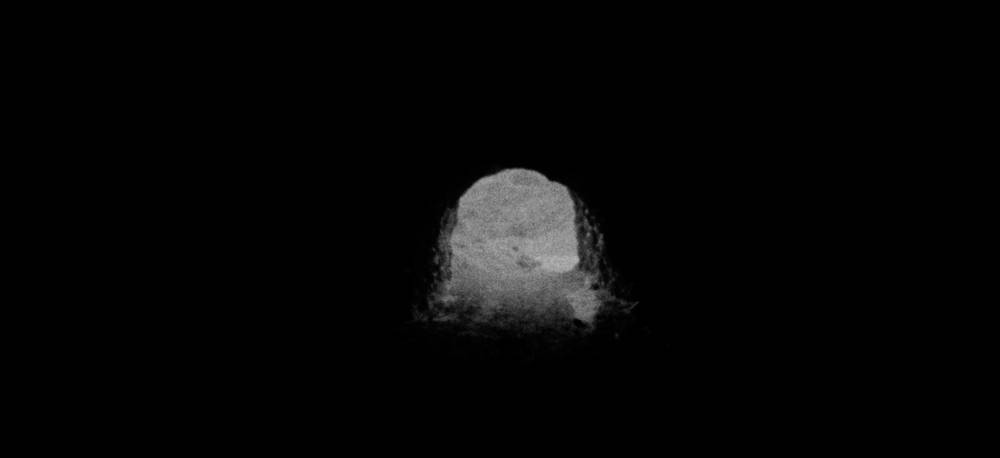

A short sequence gives an indication of the significance of all the places Skoog presents in “Shadowlands”: A man shows set photographs from old Hollywood films and at the same time explains a small anecdote about the American Ministry of Defense, which contacted him when scouting for locations for military training videos. The man was able to help: Locations for Western films can easily pass for the Afghan steppe, provided the right features are there – soldiers instead of cowboys, military SUVs in place of horses. And who would really be able to see the difference?
The Garden of Eden and Mars
Hence all the shots in “Shadowlands” show former locations for old Hollywood films. The table of credits clarifies for the viewer which location represented what; with places in England, Mexico, Alaska, Italy, Switzerland and even Afghanistan all featured. Indeed, the Californian landscape even had a suitable location for the Batcave of DC comic hero Batman, not to mention corresponding sets for the Garden of Eden, Robinson Crusoe’s island or even Mars: the Californian landscape as the most versatile “actor” on the planet.

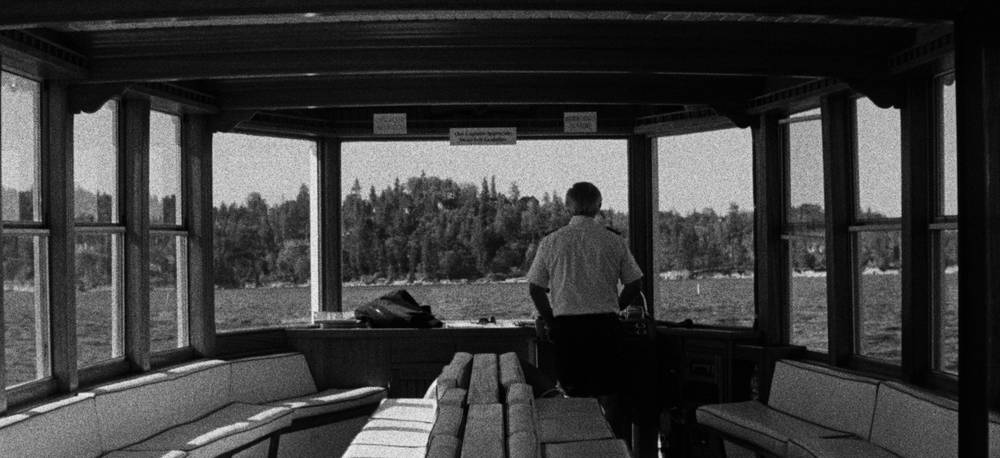
Babette Mangolte is one of the filmmakers to have been fascinated by the landscape of the American West. Her film, “The Sky on Location” (1982), which John Skoog has selected as his favorite film for the DOUBLE FEATURE evening, focuses on that stretch of land, adopting the perspective almost of the first settlers on their journey into the west and tracing the heavenly light of the different seasons. For Mangolte, who grew up in France, the land of American represented unimagined expanse, untamed and untouched, unlike anything she had seen in her homeland. Skoog fared similarly on longer car journeys through California, during which the topography changes entirely within a few hours.
Their own computation of time
The landscape lingered in the filmmaker’s memory, and in “Shadowland” it appears to the viewer to be acutely familiar and yet mysterious at the same time. What might play out in the places depicted? Or is it the place itself that actually plays the starring role? These mighty climes, which could no doubt tell endless tales of the joy and suffering that have occurred in them, if only they could speak. Skoog appears to have tried examining a location for its narrational ability in other works too: In the work “Reduit (Redoubt)”, for example, he focuses on the house of a Swedish worker, who converted it into a kind of concrete fortress out of fear of a Soviet invasion. In the photo series “Palace”, the artist showed old American movie theaters, impressive palaces of film whose patina speaks of the glitz of another era as well as its decline.

Babette Mangolte, Sky on Location, 1982, Film Still, Image via broadway1602.com

Babette Mangolte, Image via broadway1602.com
This sort of rapid downfall is clearly no threat to the locations in “Shadowlands”: The current shots appear neither particularly historic nor topical, but rather seem to come from a computation of time that is all their own, and in spite of their inability to speak, they tell their very own stories to each and every individual.

At the mercy of waiting
Artist Bani Abidi is dedicated to the dark absurdities of everyday life. In her video work "The Distance from Here" bureaucracy takes over and waiting...
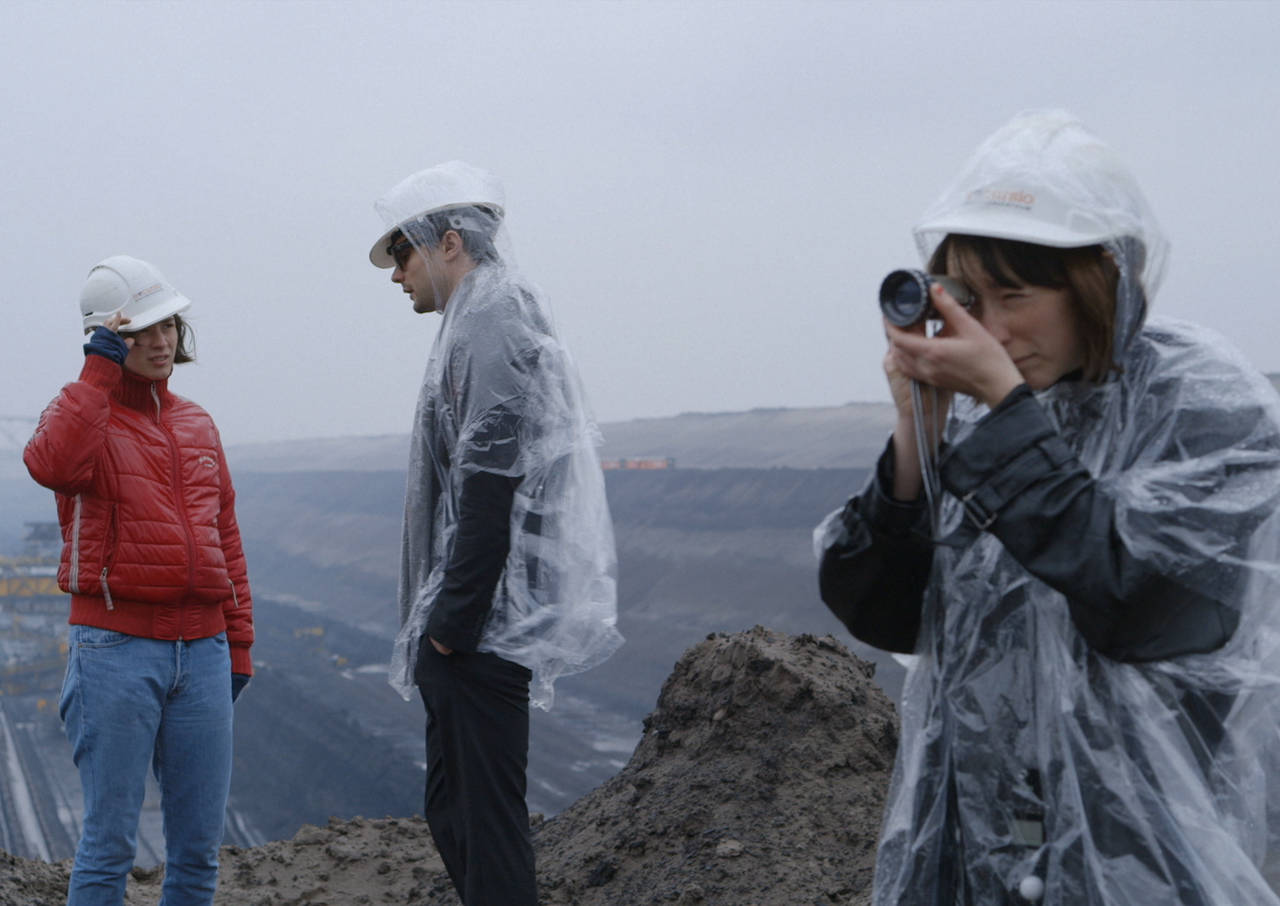
“Please don’t make a film about Godard!”
A film about filmmaking sounds a bit meta. But Kristina Kilian’s video work takes us on a ghostly journey through Godard’s Germany after the fall of...
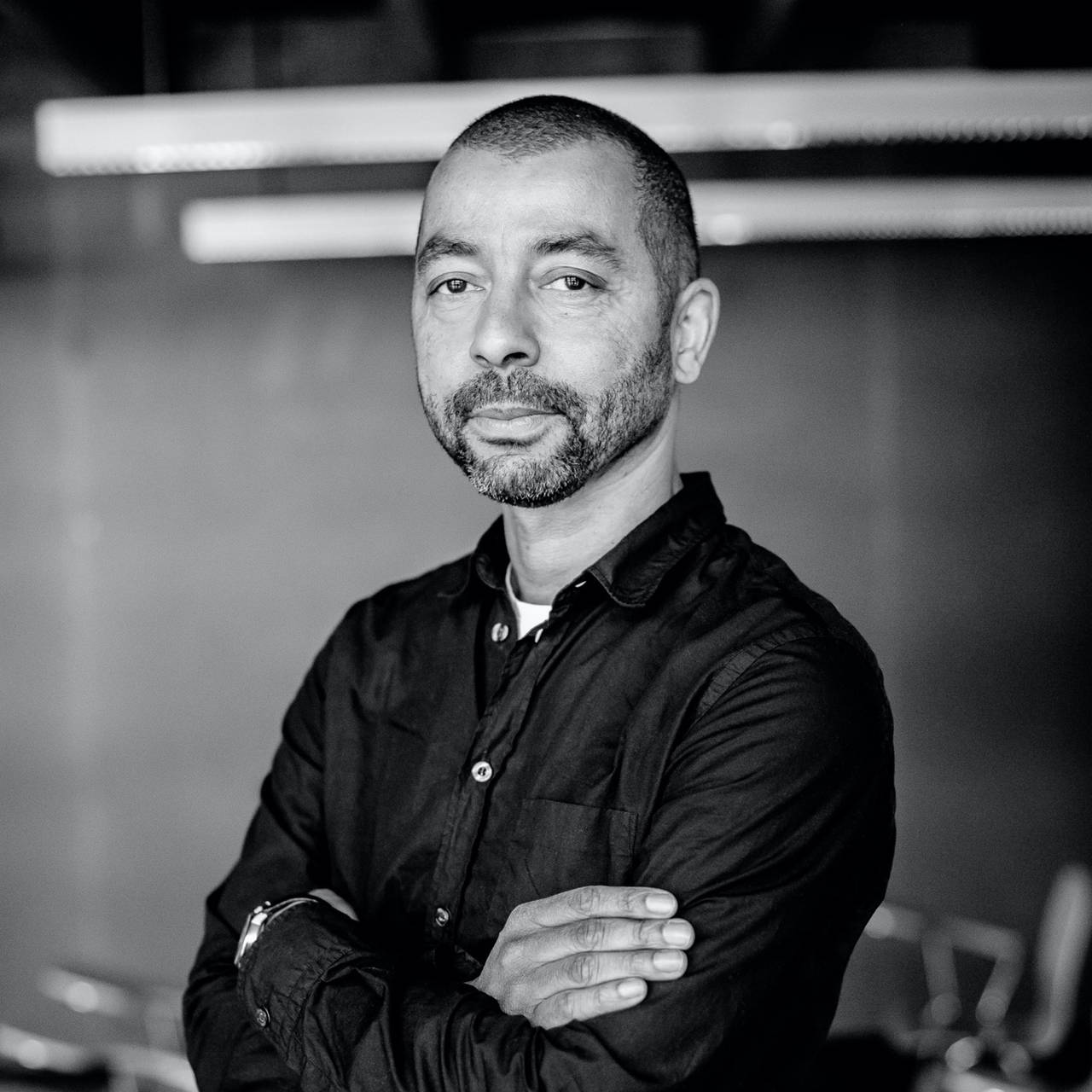
Black is not a Color
In a film series, Oliver Hardt combines the themes from Kara Walker’s work with the perspectives of Black people in Germany. In conversation with...
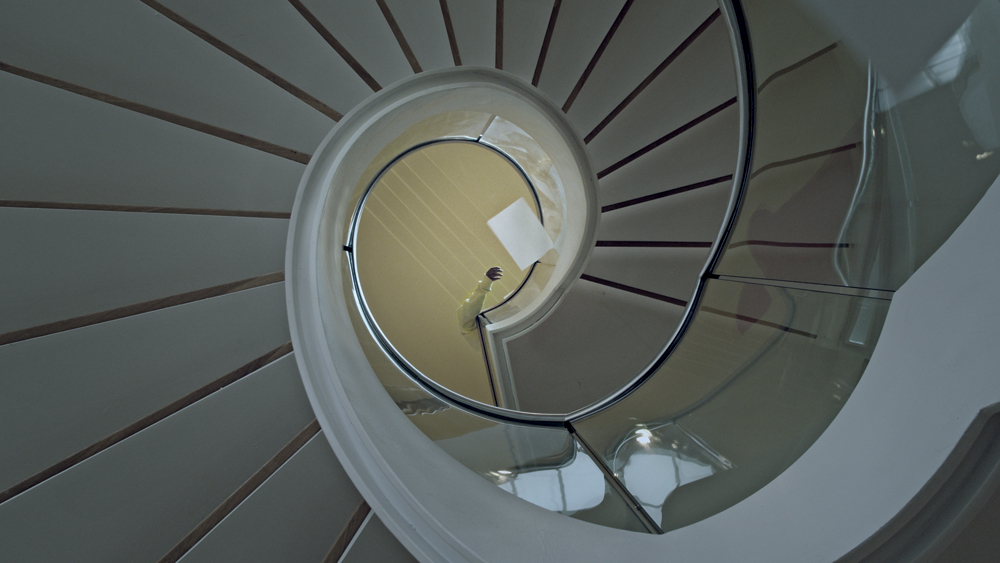
How do we Remember?
In which places does history become visible? And what do we remember at all? Maya Schweizer begins her search for clues in the sewers and slowly feels...
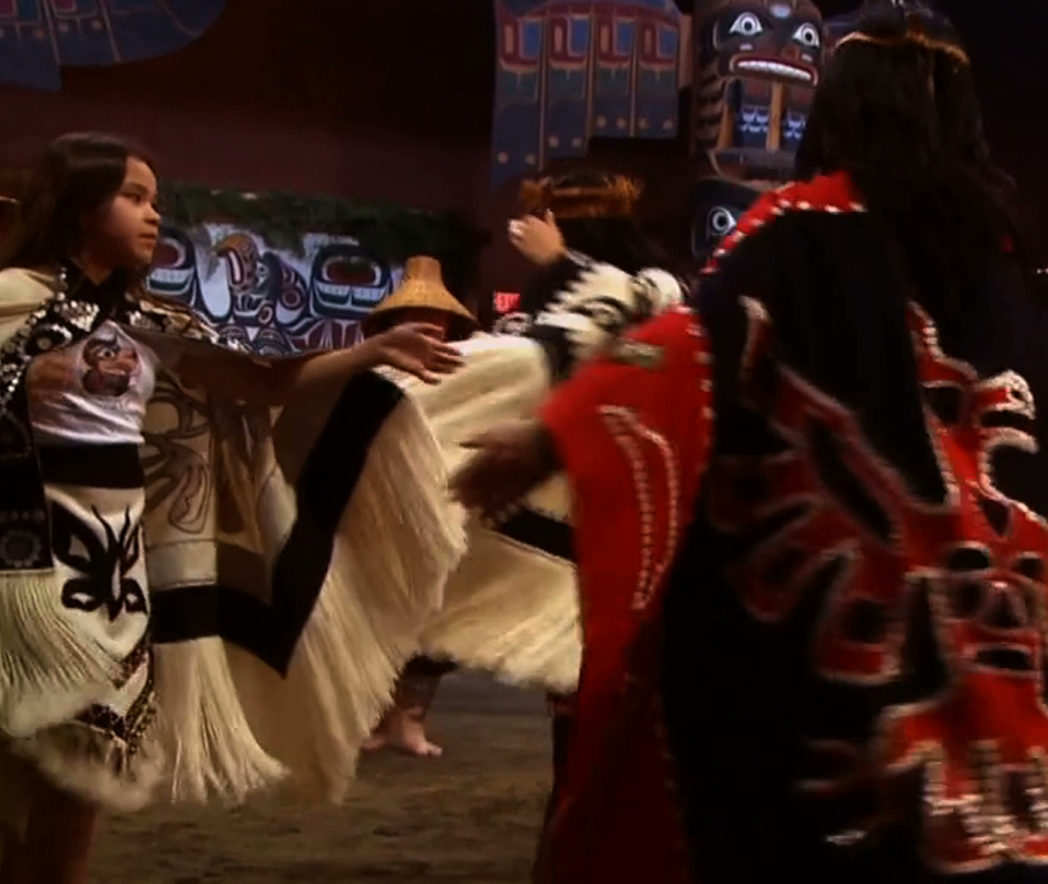
Film highlights from South and North America
How can we break with the power relations of the past and create a decolonial future? A look at the representation of Indigenous women in film.
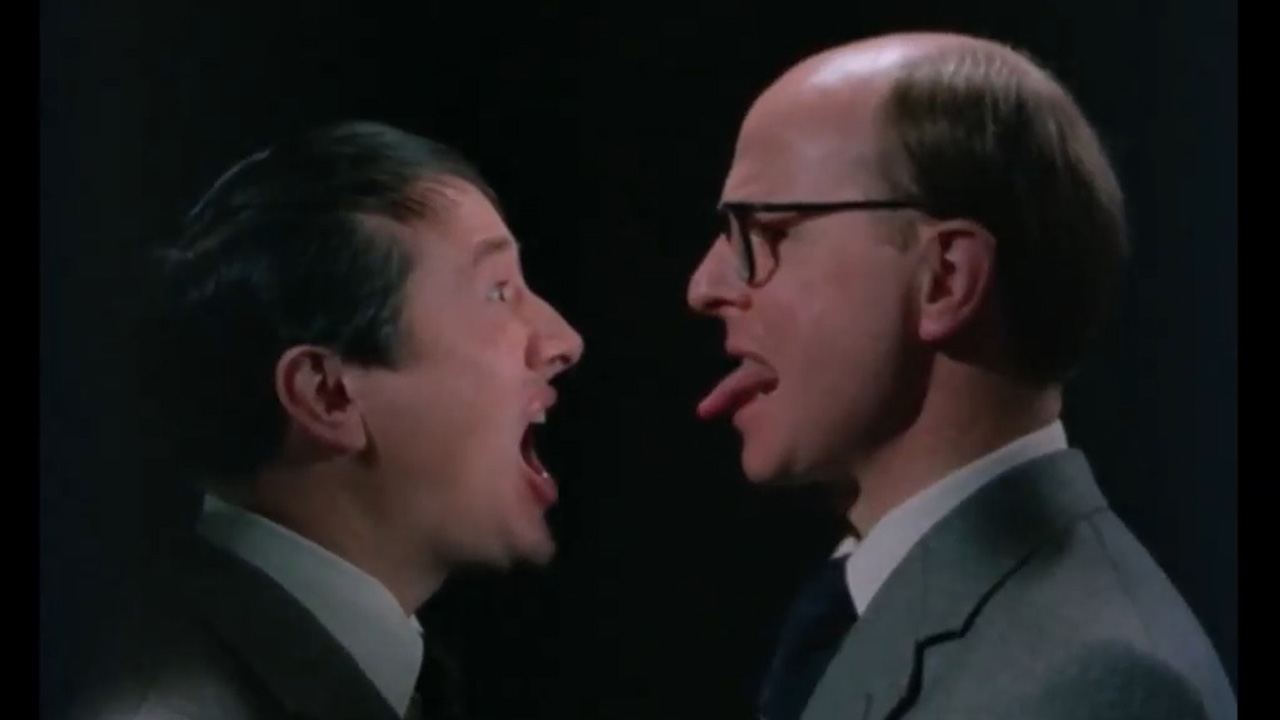
Must See: The World of Gilbert & George
Eccentric, fascinating, repulsive, entertaining and full of symbols: “The World of Gilbert & George” is a collage about the artifice of everyday life...
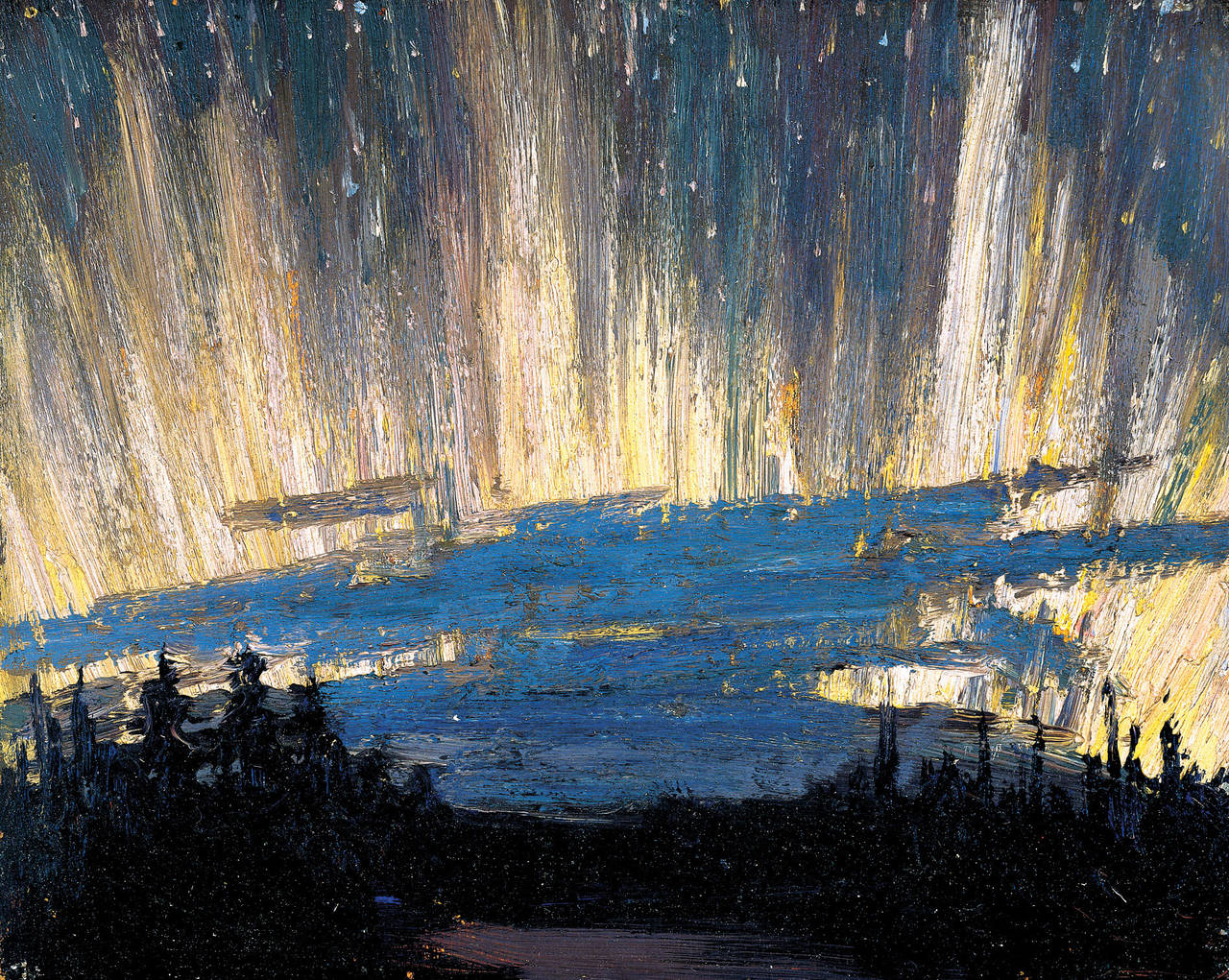
Spring is coming, and so is Magnetic North
For the first time in Germany, principal works from Canada’s major collections are on view at the SCHIRN. At the same time, the exhibition examines...
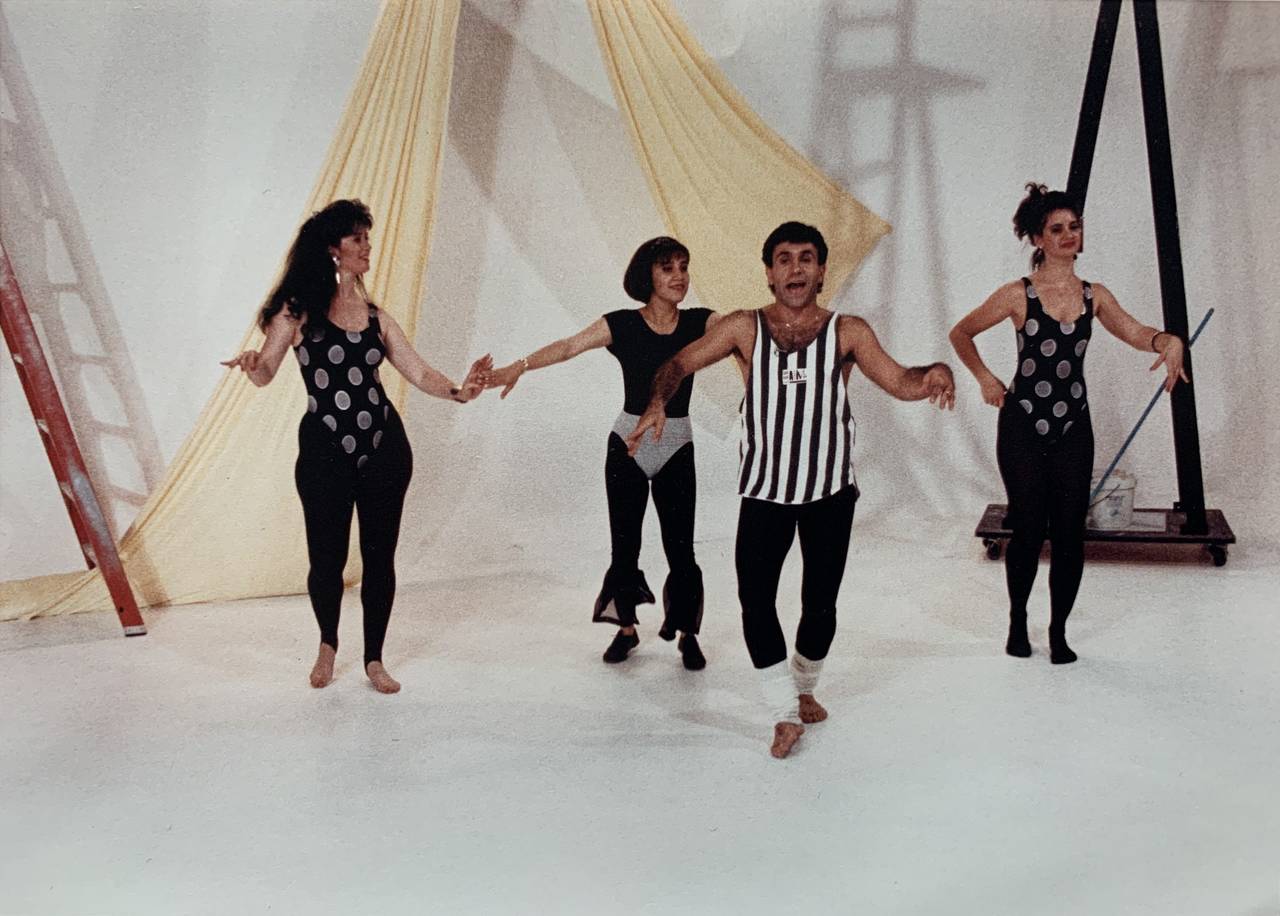
A Revolution in Iranian Dance
After the Iranian Revolution a nationwide dance ban was issued. It was subverted by smuggled video cassettes of dancer-in-exile Mohammad Khordadian,...
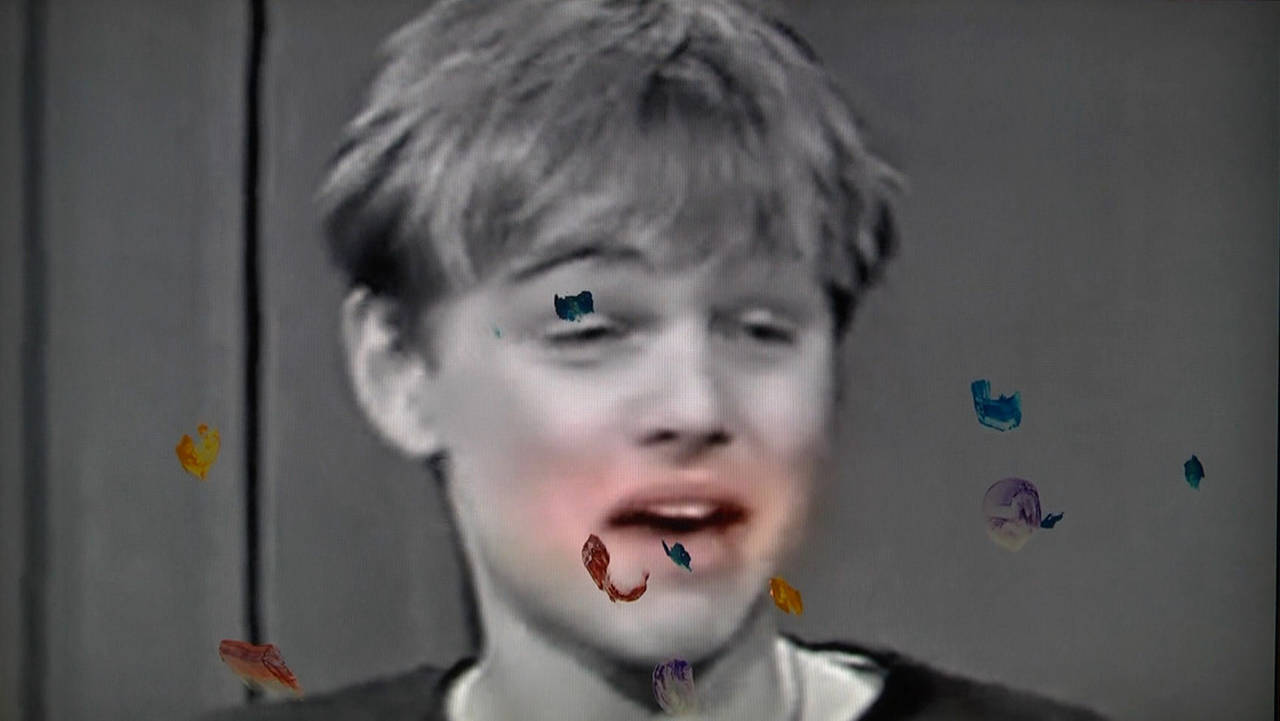
How to perform painting
This is perhaps the best way to describe the work of video artist Angel Vergara: Art history meets pop culture, the artist himself appears as a...
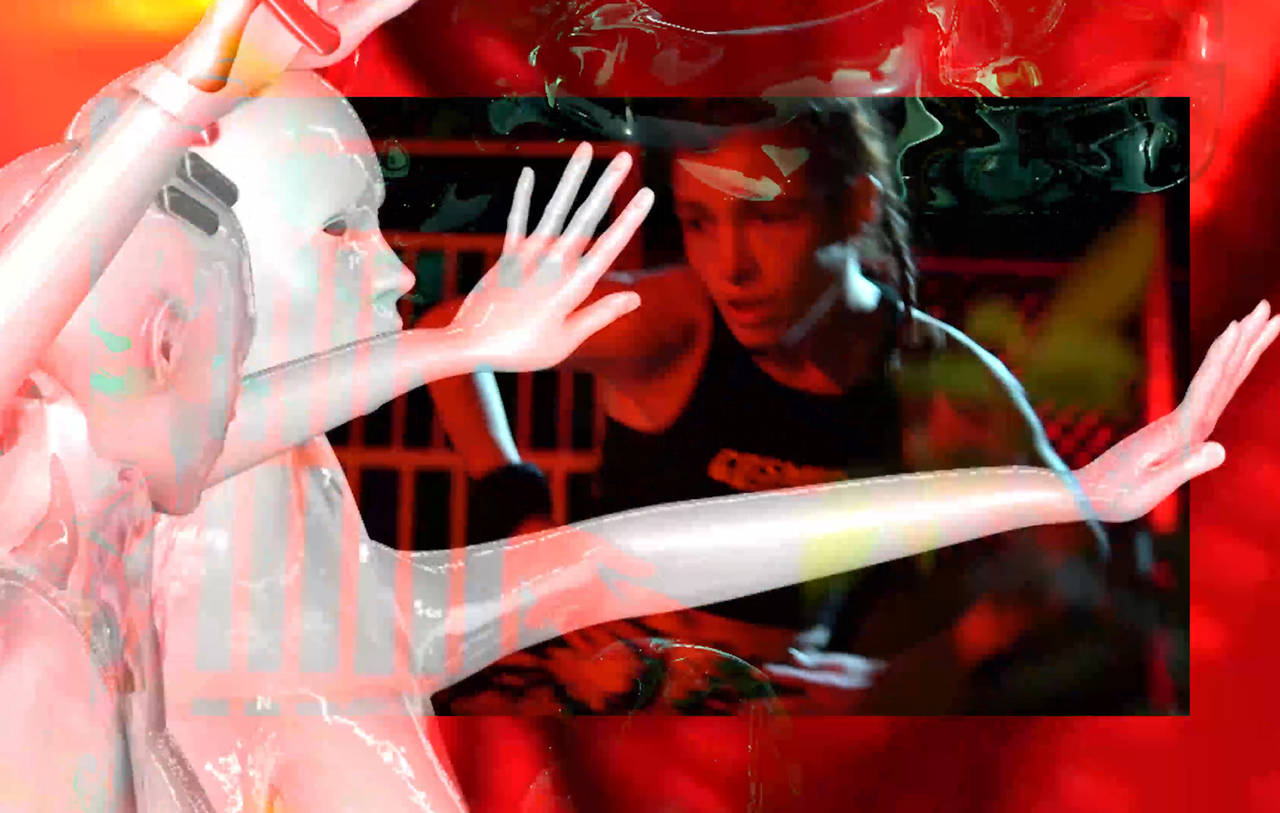
About the resistance of our bodies
Hypnotic dances and hybrid beings in cyberspace: Video artist Johanna Bruckner transforms the human body into digital matter.
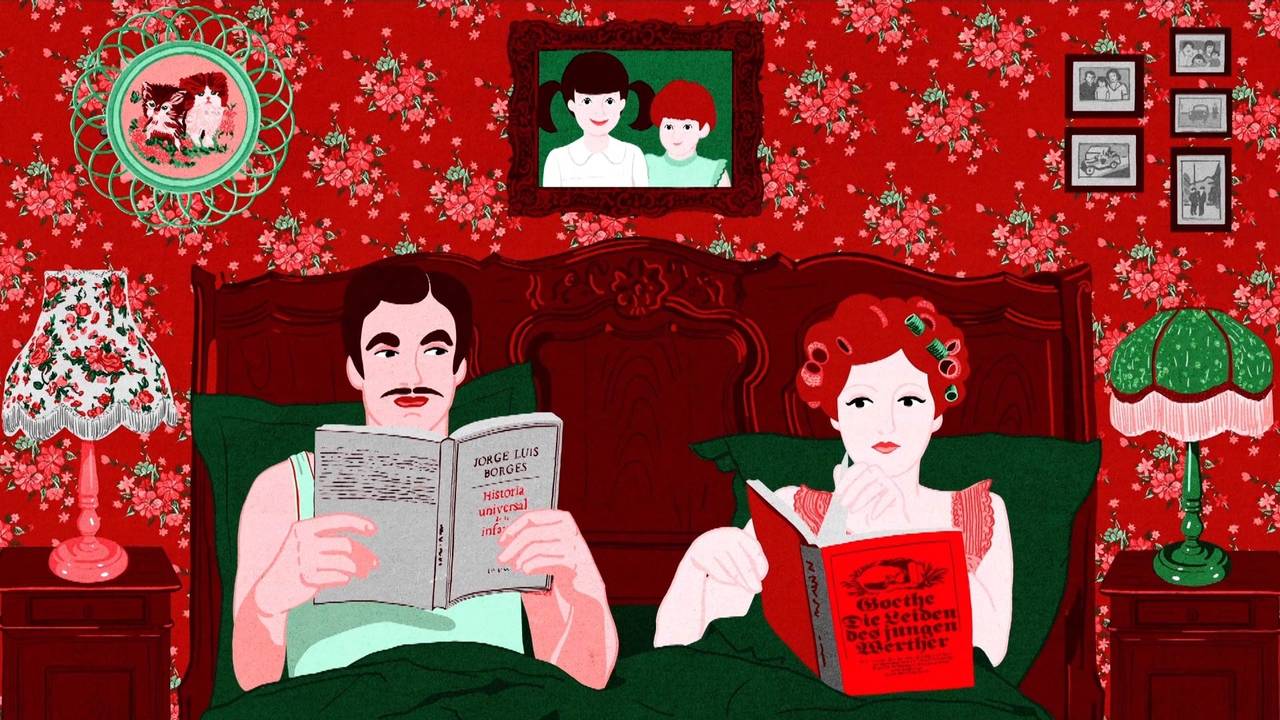
More than a Honeypot
Young, beautiful and dangerous: the prototype of the Bond Girl still shapes the cliché of spies. Author Chloé Aeberhardt on the reality of espionage...
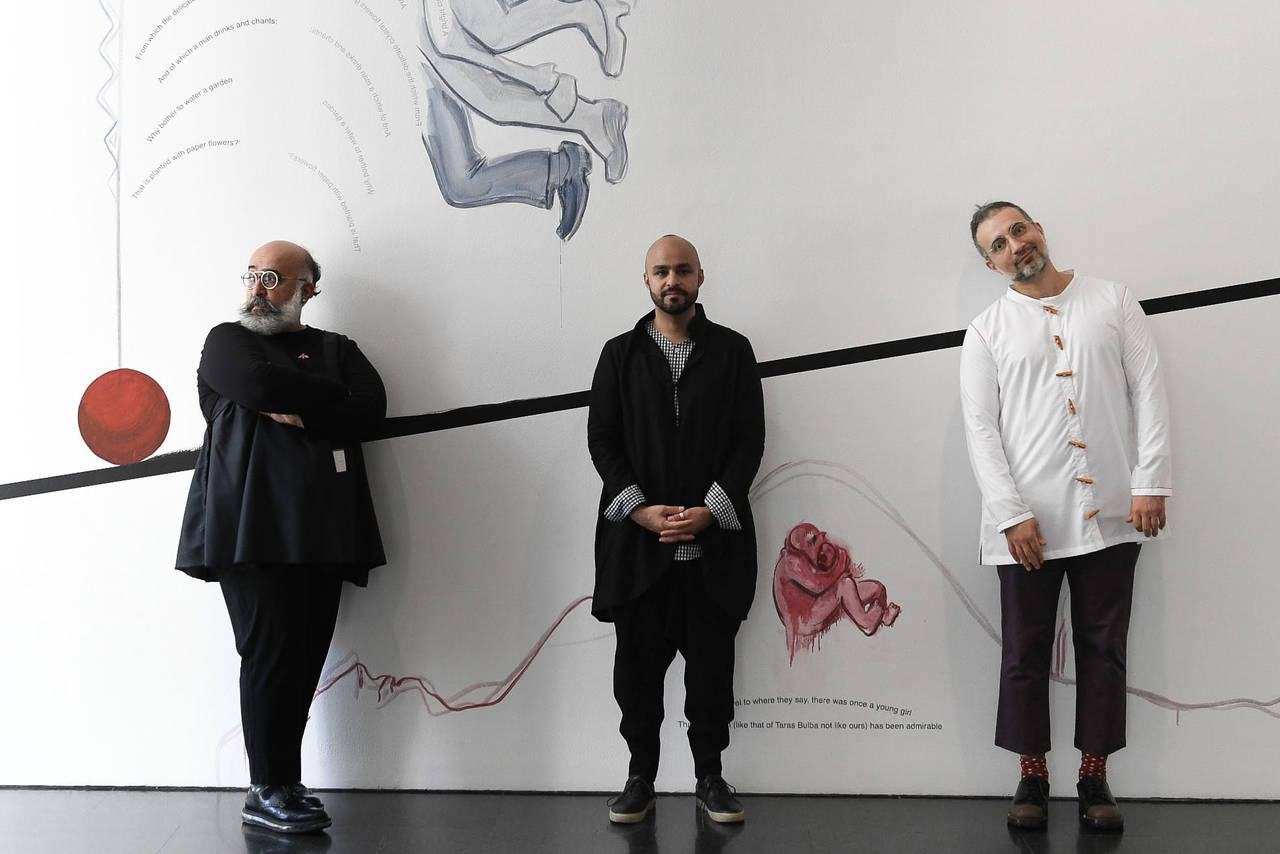
How to create the unexpected
About life in exile, anarchic art, and the “black milk” of the earth: The art historian Media Farzin met her old friends Ramin and Rokni Haerizadeh...
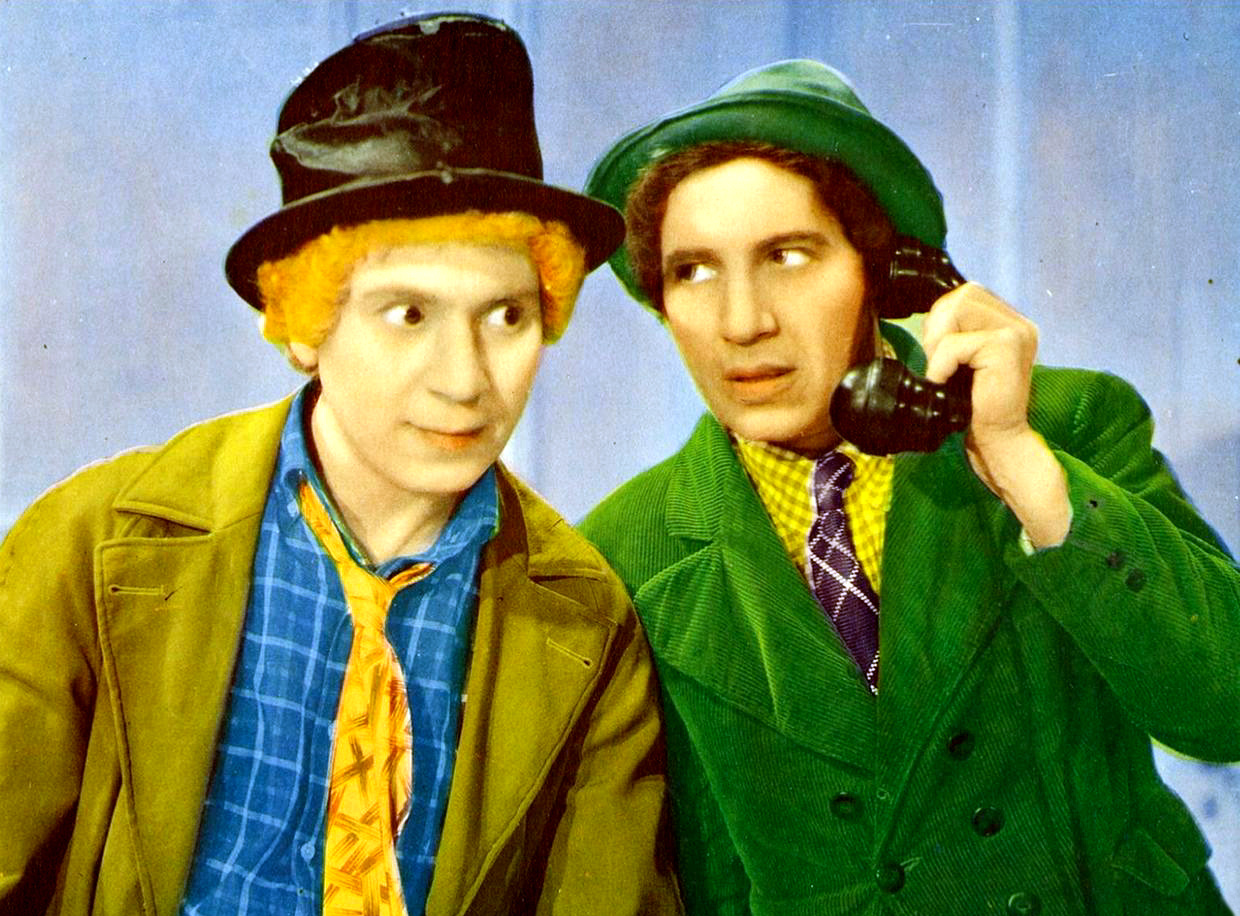
Why so cryptic?
What lies behind the title of the exhibition by Ramin Haerizadeh, Rokni Haerizadeh and Hesam Rahmanian. And why humor is sometimes the best criticism....
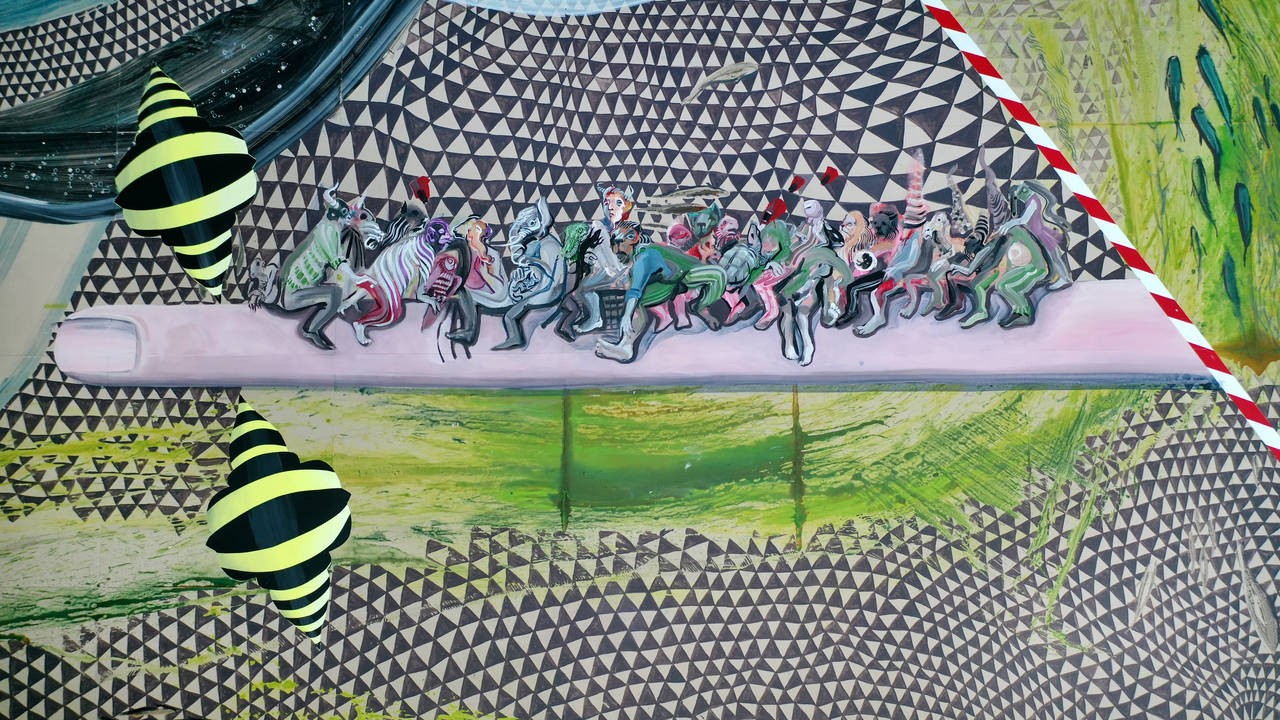
Schirn Preview: Ramin Haerizadeh, Rokni Haerizadeh and Hesam Rahmanian
Exuberant, funny, eccentric and full of allusions: The Schirn presents the Iranian artist collective's first solo exhibition in Germany.
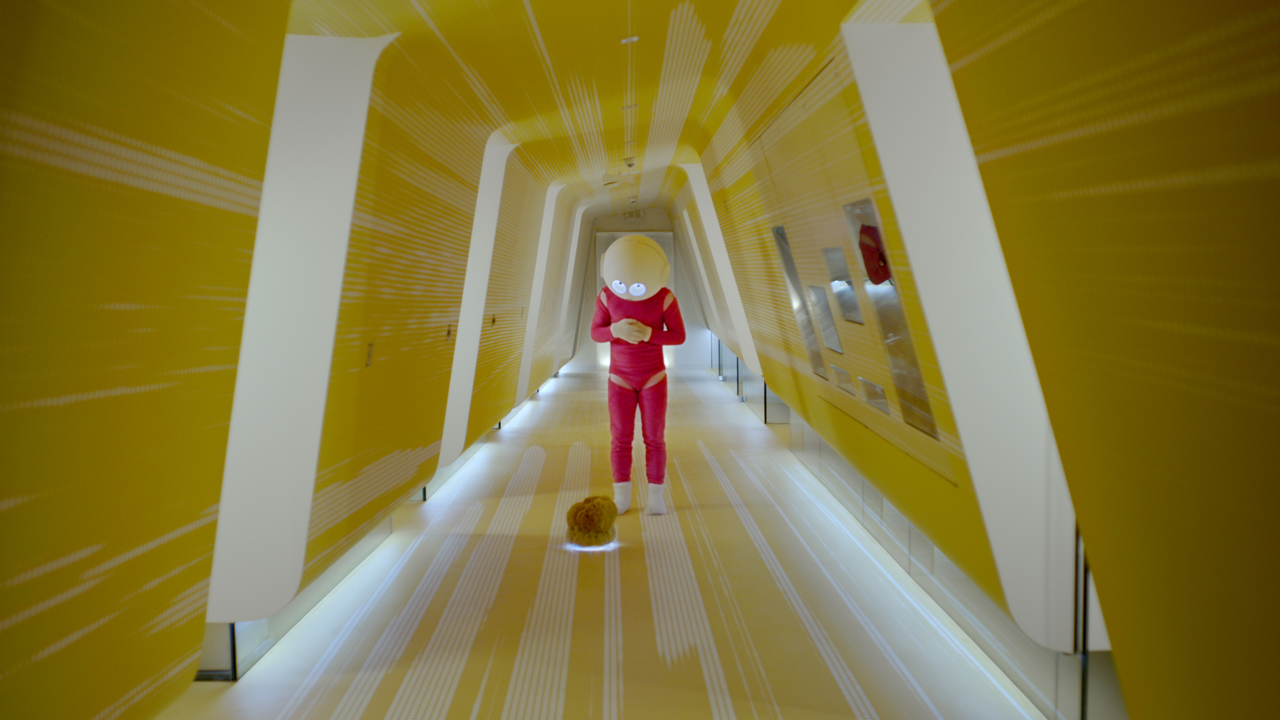
The Future of Video Art
Six international video artists present their new works. An exchange about new trends and forms of expression in film.